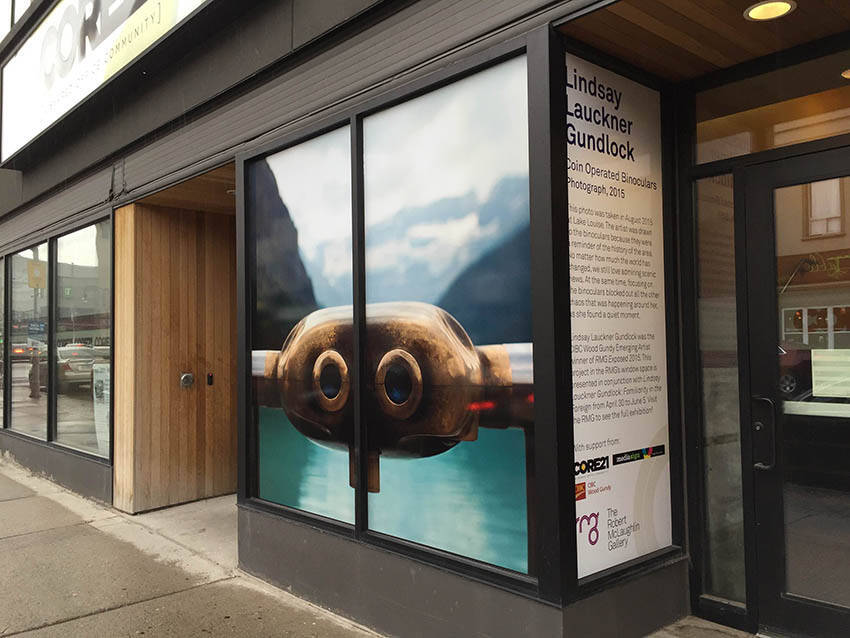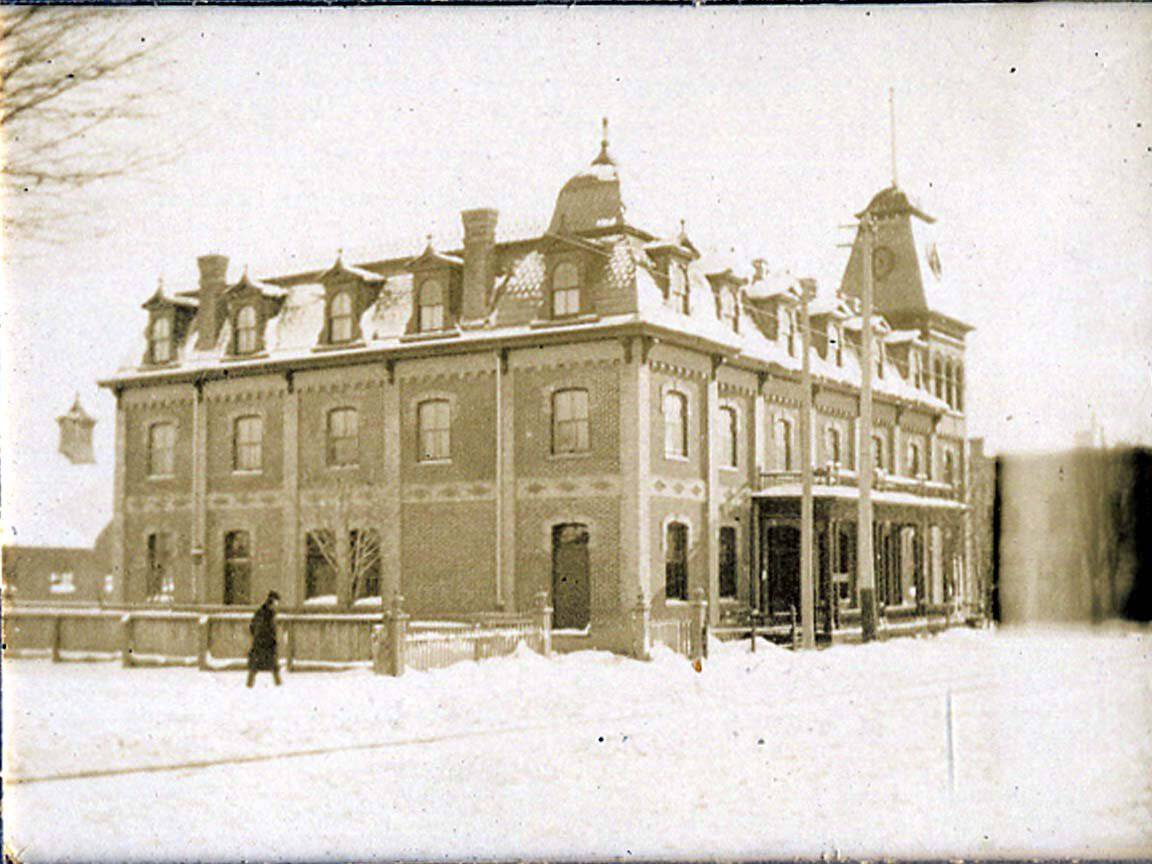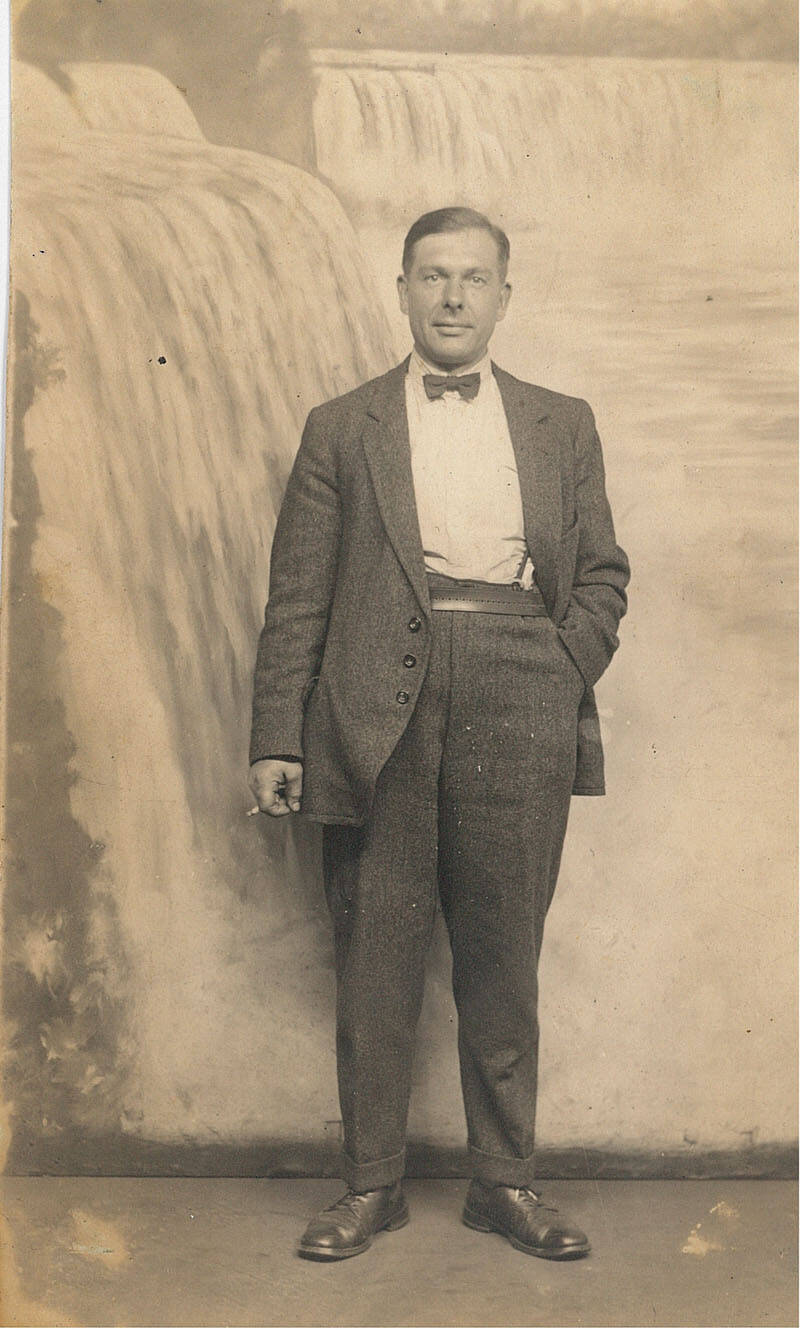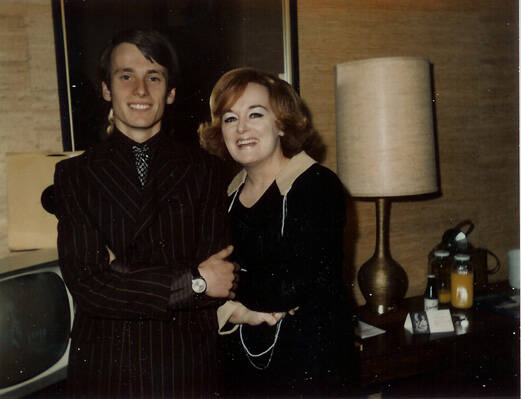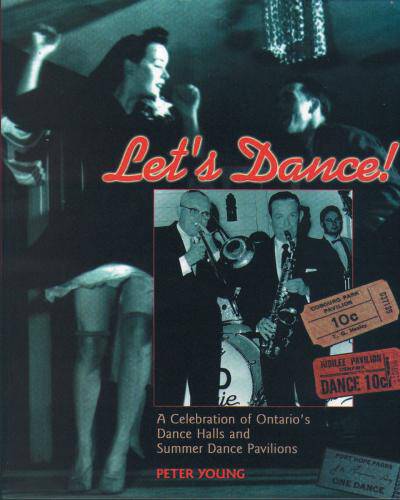In the lead up to her solo exhibition Familiarity in the Foreign (on view from April 30 – June 5) at the RMG, we sat down with artist Lindsay Lauckner Gundlock to ask her a few questions about the show and her practice.
The RMG: Hi Lindsay! Please tell us a bit about yourself.
Lindsay Lauckner Gundlock: Hi RMG! I’m a young Canadian photographer and artist. I grew up in London, Ontario where I had the pleasure of attending the amazing BealArt program. While there I really discovered my love of photography as well as the darkroom. I then earned a bachelor of fine arts from York University in Toronto. I minored in psychology at the same time, which I feel has influenced my artistic practice. After graduating I continued to pursue my art practice, having occasional shows and being awarded grants from the Ontario Arts Council and Toronto Arts Council. Concurrently, I began working in editorial and commercial photography- first as a photo assistant and then as a photographer. In 2014, my husband and I decided to throw all our things in storage and try something new. We’re currently using Mexico City as our base which is giving us the opportunity to spend more time travelling and doing artistic work.
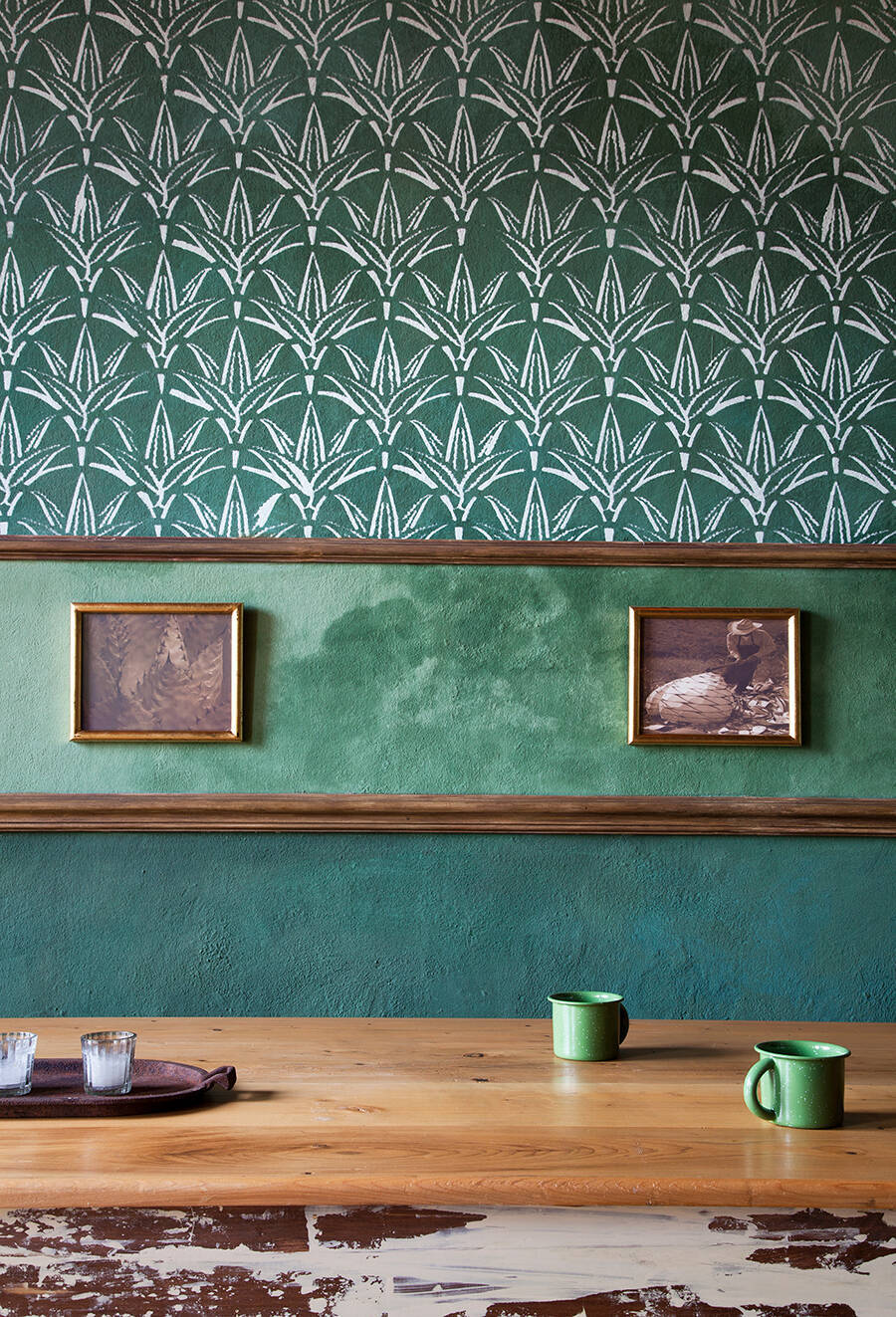
Lindsay Lauckner Gundlock, Mezcaleria, Digital C-Print, 2014
RMG: What materials do you work with?
LLG: As I mentioned, my photographic practice has two wings so to speak. A gallery based practice and editorial work. However these two ends compliment and inform one another. I’ve learned skills from my experience in editorial that have aided my art, and vice versa. It’s difficult to truly divide one from the other.
These days I primarily shoot with a digital-SLR. Although, whenever I have the chance I like to shoot medium format film. I really love photographing portraits with a medium format camera. I feel like I get to connect with the subject in a different and perhaps more intimate way.
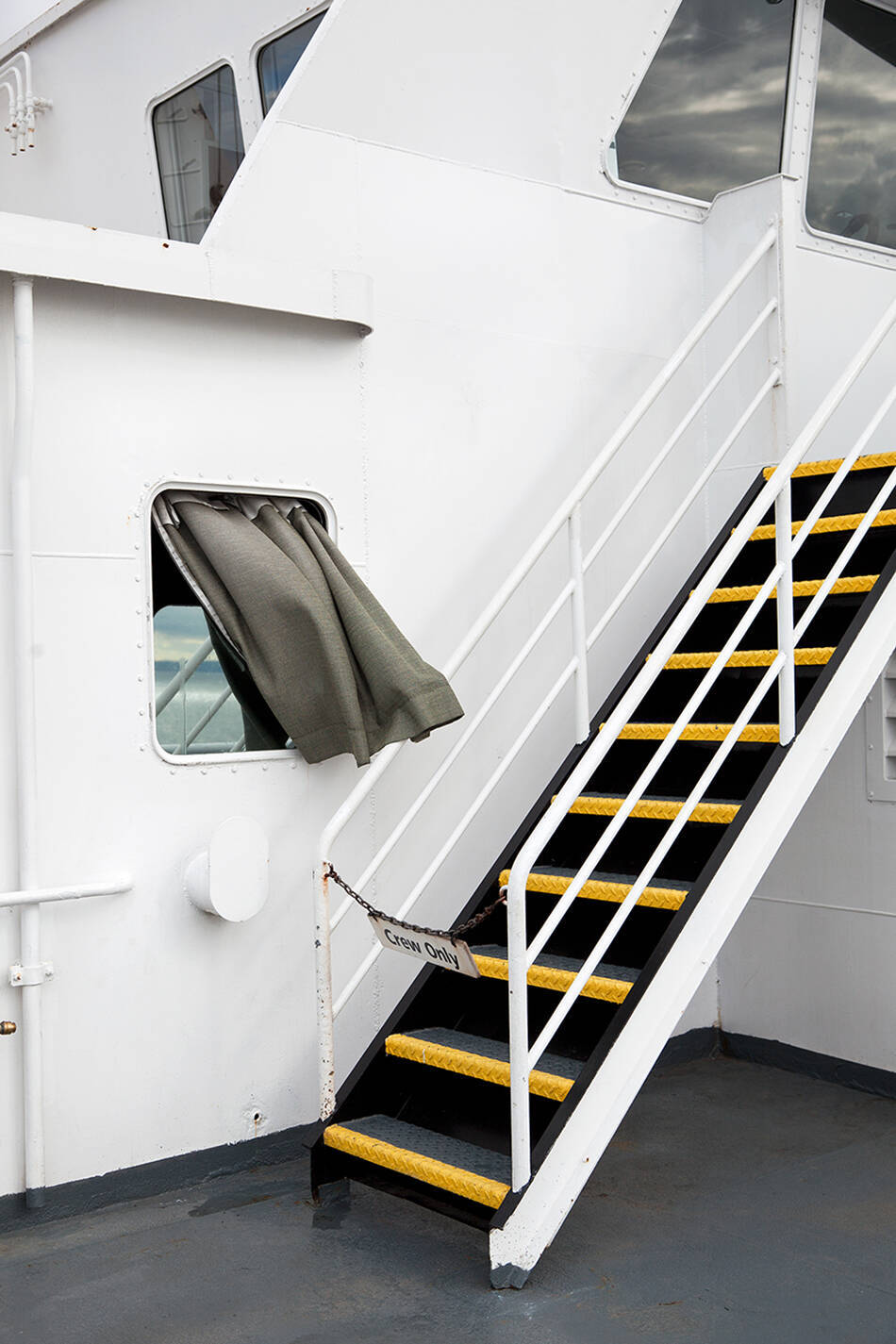
Lindsay Lauckner Gundlock, Wind on the Ferry, Digital C-Print, 2015
RMG: Let’s go back to last fall. Why were you interested in submitting to our fundraising auction RMG Exposed? Please let us know a little more about the piece you submitted, Wind on the Ferry.
LLG: A few years ago I came across the RMG fundraiser, decided to submit and was awarded the documentary prize. I had heard of RMG before but living in Toronto and without a car, I had never been. When I was there for the Exposed event I was blown away by the space and the work there. Toni Hamel’s The Lingering was on exhibition. It was beautiful and captivating and I still think about it regularly. After my initial experience at RMG I of course wanted to support the gallery and submit again.
The piece I submitted in 2015, Wind on the Ferry, was taken last summer during a trip to Ucluelet, BC. While on the ferry I felt a slight nostalgia with faint, and possibly imagined memories. Twenty-five years prior to taking this photo I made the same journey via ferry from mainland British Columbia to Vancouver Island. There was a feeling of the sublime onboard the ferry. An enormous vessel dwarfed by great waters and powerful winds. The curtain caught my attention as it had been pulled out of the window by the wind and was fluttering on the exterior of the ferry. There was something very comforting and domestic about the fabric curtain and at the same time its position was unnerving.

Lindsay Lauckner Gundlock, Coin Operated Binoculars, Digital C-Print, 2015
RMG: What are you most excited about showing to our audience in your exhibition Familiarity in the Foreign? What do you hope visitors get from viewing your photographs?
LLG: For me, the photographs in this exhibition have a quiet, emotive aspect to them. I think they often suggest a story of something that has just happened, or is just about to take place. My hope is that visitors who see my exhibition will find a photo that speaks to them. Something that reminds them of a time or place in their lives, or even a story they’ve heard. I want viewers to be able to enter my photos and be taken somewhere else, to have an emotional response that’s detached from where they in that actual moment. I suppose these are rather lofty goals, but it would be nice.
RMG: One of your works, Coin Operated Binoculars, will be on view in downtown Oshawa in the Core 21 windows. Can you please tell us a bit about that photo and why it was selected it for that space?
LLG: This photo was taken August 2015 at Lake Louise in Alberta, Canada. I took this at the end of a two week trip that started in Edmonton, Alberta, went to Vancouver Island in British Columbia and ended back in southern Alberta. It was really exciting to see just a fraction of the beautiful and diverse landscapes that exist in Canada. During our trip we had been to some very remote areas, so Lake Louise was a change of pace with so many tourists there. I liked it though, and was drawn to the binoculars because they were a reminder of the history there. No matter how much the world has changed, we still love admiring scenic views. At the same time, focusing on the binoculars blocked out all the other chaos that was happening around me.
This image was chosen for a couple reasons. Aesthetically, I thought it worked well on a large scale and was intelligible from a distance too. Also, I’ve had lots of reactions to this specific photo. The two lenses give the binoculars a humanoid appearance which viewers seem to be intrigued by.
RMG: What inspires you? Is there a particular artist’s work that has influenced your practice?
LLG: A lot of my inspiration comes from novelty; seeing a thing or place for the first time. When I’m shooting, a lot of intangible things influence me; an electric feeling in the air, the calmness of a place, the warmth of the morning sun. I’m driven by affect and invented narratives. As far as artists influencing me, it’s hard to choose just one. I spend a lot of time looking at imagery and photo essays. These can be on photo blogs, in magazines, or the websites and Instagram accounts of other artists. I’m also lucky enough to belong to a community of photographers who are also friends. I’m constantly being exposed to new work and ideas.
